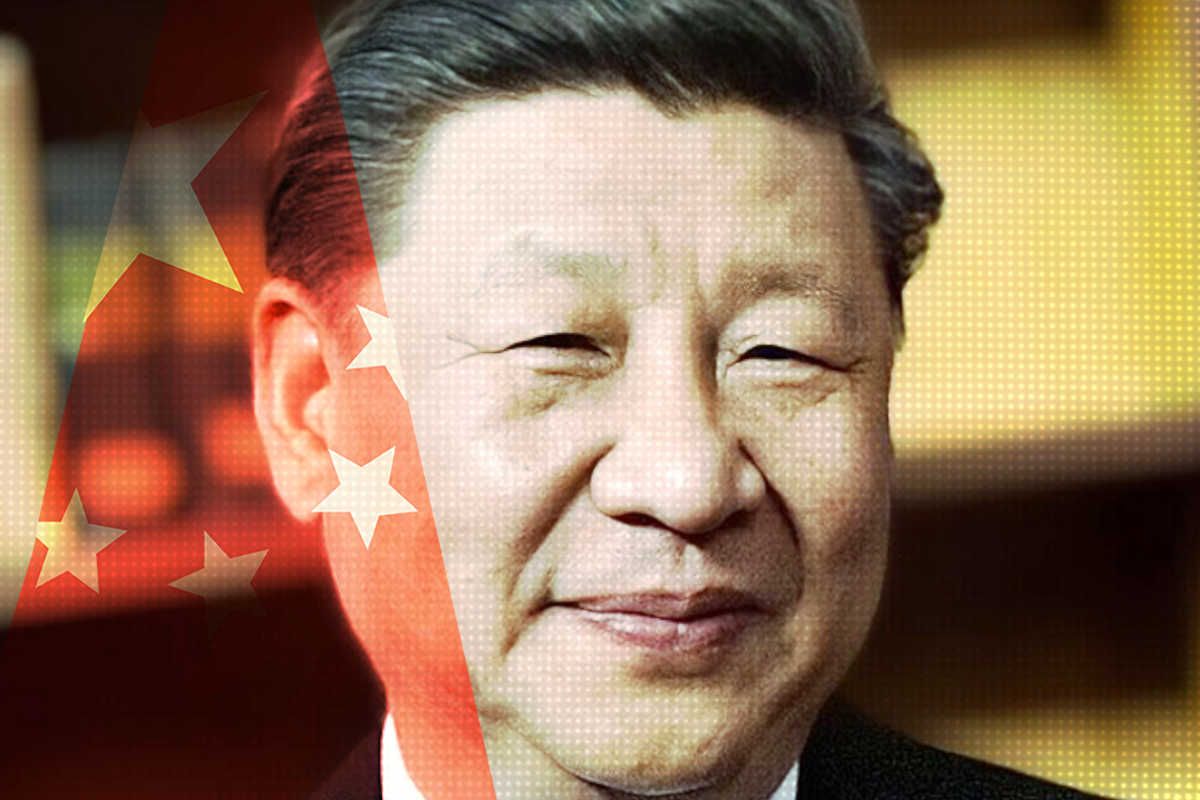Headlines and Hashtags
Power factions, "princelings" and political pasts

Whenever party congresses roll around, pundits focus on the background of key officials and their connections to power centers inside the CCP. Potential picks to enter the succession group are often dissected in terms of the “Youth League faction” and the “princelings” — what we call in Chinese the tuanpai (团派) and the taizidang (太子党).
On the surface, it seems to make sense to label Chinese leaders along these lines.
For example, a good number of provincial and ministerial-level leaders have had prior positions with the Communist Youth League at either the central or provincial level. These include: Li Keqiang (李克强), Liu Yandong (刘延东), Li Yuanchao (李源潮), Ling Jihuai (令计划), Zhang Baoshun (张宝顺), Liu Qibao (刘奇葆), Qian Yunlu (钱运录), Zhou Qiang (周强), Huang Huahua (黄华华), Qiang Wei (强卫), Yu Youjun (于幼军), and Meng Xuenong (孟学农).
Pundits have referred to the above-listed leaders as the “Youth League faction.”
Other leaders, from top CCP families — including Zeng Qinghong (曾庆红), Yu Zhengsheng (俞正声), Bo Xilai (薄熙来), Wang Qishan (王岐山), Xi Jinping (习近平), and Bai Keming (白克明) — have sometimes been lumped together as “princelings.”
Among the names I have listed, some are sure to enter the succession teams during either the 17th or the 18th Party Congresses. So it’s no surprise journalists and commentators are rushing to guess how these “princelings” or supposed “Youth League faction” members figure in the big picture.
But compartmentalizing China’s leaders can be misleading. Using this simple framework to look at politics in China will yield warped results.
The term “Youth League faction” was already in use by the 1980s. Hu Yaobang, who had served as first secretary of the Chinese Communist Youth League, elevated Hu Qili (胡启立), Xiang Nan (项南) and other youth league members to key positions, giving rise to the term. But a closer look at politics in China at that time suggests this “faction” did not really exist.
Take, for example, former politburo standing committee member Li Ruihuan (李瑞环). While Li once held an important position with the youth league, it would have been wrong to associate him with the so-called “Youth League group.” Then there is Wang Zhaoguo (王兆国), who served formerly as first secretary of the youth league. No one associates Wang with the “Youth League faction.”
Even though he grew up within the Communist Youth League, Shanghai Mayor Han Zheng (韩正) is generally regarded as a member of the “Shanghai faction.”
Is Liu Yandong youth league, or is she a “princeling.” She has a deep history with the youth league. But she is also the daughter of Liu Ruilong (刘瑞龙), a high-ranking People’s Liberation Army general.
Then there is Wang Yang (汪洋), party secretary of Chongqing. Wang is an up and coming young official associated with neither the “Youth League faction” nor the “princelings.”
Summing up, speculation concerning backgrounds and factions is a worthy exercise, but it is not by any means a reliable ruler with which to measure China’s complicated political scene.
(Qian Gang, September 14, 2007)
[Translated by David Bandurski]
[ABOUT THE COMMUNIST YOUTH LEAGUE]
The Chinese Communist Youth League (中国共产主义青年团) — in short, gong qing tuan (共青团) — is generally recognized as an organization separate from the CCP and playing a supporting role (后备力量) [Click HERE for more information on the organization in Chinese].
The organizational structure of the youth league mirrors that of the CCP in consisting of a central committee (中央委员会), central secretariat (中央书记处), central propaganda department (中央宣传部) and central organizing department (中央组织部). The league’s International Liaison Department (国际联络部) handles its international initiatives.
While the Communist Youth League is firmly controlled by the CCP, the organization has been fairly active in its own respect since the PRC’s founding. In the 1950s, the league’s newspaper, China Youth Daily, was home to a number of more free thinking journalists, including Liu Binyan (who was later branded a Rightist).
As economic reforms took root in the 1980s, the youth league mustered together yet another group of more open thinkers, and China Youth Daily became an important staging ground in the reform effort.
Following the violent crackdown on June 4, 1989,China Youth Daily was brought to heel. But the paper’s independent streak re-emerged in 1995 with the launch of the Freezing Point (冰点) supplement. The purge of top editors at Freezing Point in 2006 was an attempt by the Central Propaganda Department and top officials in the Communist Youth League to keep the supplement’s influence in check.
The Communist Youth League is also an important testing ground for officials. Former Chinese foreign minister Wu Xueqian (吴学谦) served earlier on as head of the league’s International Liaison Department. Liu Binjie (柳斌杰), current director of the General Administration of Press and Publications (GAPP), served formerly as head of the youth league’s central propaganda department. Liu Peng (刘鹏), current executive chairman of the Beijing Olympic Committee, served earlier on as head of the league’s secretariat.
[ADDITIONAL ENGLISH LINKS]
A Bolder Hu Tests Power at China Communist Congress, Reuters, September 5, 2007
Hatchet man to henchman, China’s Zeng bends to times, Reuters, September 5, 2007
CMP Tip Sheet
Here are some questions to ask:
1. Has there been any change in power for the Communist Youth League network (Liu Yandong, Li Yuanchao, etc.)?
2. Has there been any change in power for the so-called “princelings”? (Yu Zhengsheng, Bo Xilai, Wang Qishan, Xi Jinping, etc.)?
3. What is the current standing of the original Jiang Zemin system (Zeng Qinghong, Zhang Dejiang)?





















